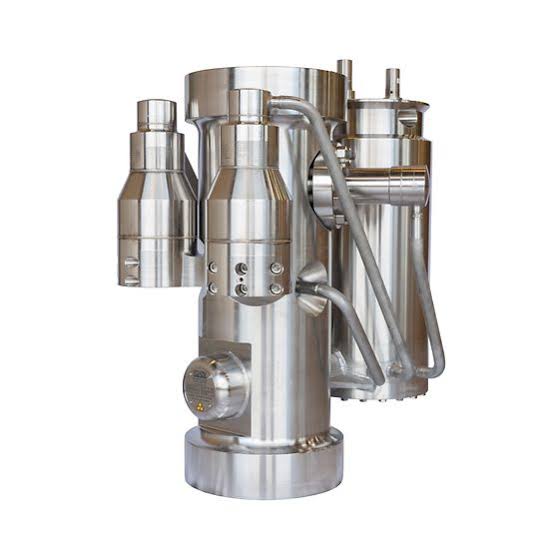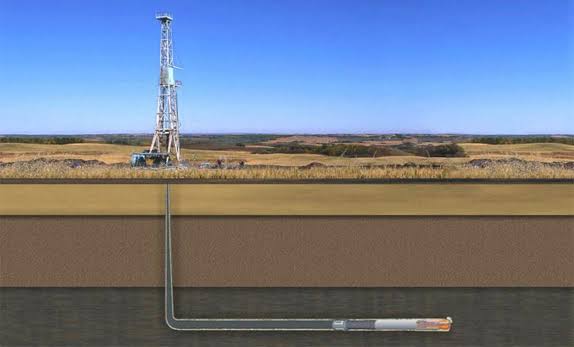WHY CHOOSE US
What we do
in Nigeria
The different projects we handle in Nigeria
Natural Gas
 When individuals quote fossil fuel, you may hear them use a number of terms that refer to different types of gas, such as dry gas, wet gas and LNG.
When individuals quote fossil fuel, you may hear them use a number of terms that refer to different types of gas, such as dry gas, wet gas and LNG.
Natural gas is an umbrella term for a type of gas that has formed through the decomposition and transformation of organic matter below the surface of the earth. The gas may be composed of a number of chemical substances with different characteristics. Most of the substances are composed of hydrogen and carbon atoms and we, therefore, call them hydrocarbons.
Dry Gas
 Dry gas is gas that at regular pressure and temperature does not contain any liquid components. It consists mainly of methane, but also often consists of some ethane and smaller amounts of heavier hydrocarbons and CO2. Such gas is also called pipeline gas and is transported in pipelines to the customers.
Dry gas is gas that at regular pressure and temperature does not contain any liquid components. It consists mainly of methane, but also often consists of some ethane and smaller amounts of heavier hydrocarbons and CO2. Such gas is also called pipeline gas and is transported in pipelines to the customers.
Wet Gas
 Wet gas contains each dry gas and heavier organic compound compounds in an exceedingly liquid section. In addition to ethane, this means propane, butane and the heavier hydrocarbons.
Wet gas contains each dry gas and heavier organic compound compounds in an exceedingly liquid section. In addition to ethane, this means propane, butane and the heavier hydrocarbons.
Under traditional pressure and temperature, the wet gas are going to be partially liquid, partly gas.
To get dry gas, the liquid phase is separated and split and sold as pure components (ethane, propane, butane, etc.).
LNG
 LNG is an abbreviation of liquefied natural gas, i.e. natural gas that has been liquefied by cooling it down. LNG maintains a very low temperature (-162 degrees C) and is transported in special LNG carrier ships to the customers safe and secured. LNG is simply natural gas in liquid form. It is produced through a refrigeration process that drops the temperature of natural gas down to -260 degrees Fahrenheit, at which point it converts to liquid, and its volume shrinks by 600 times, enabling global transport in LNG carriers. LNG is non-toxic and non-flammable. When burned, natural gas emits less carbon than coal and oil, with significantly less traditional air pollutants. Additionally, all mercury is removed during the LNG process.
LNG is an abbreviation of liquefied natural gas, i.e. natural gas that has been liquefied by cooling it down. LNG maintains a very low temperature (-162 degrees C) and is transported in special LNG carrier ships to the customers safe and secured. LNG is simply natural gas in liquid form. It is produced through a refrigeration process that drops the temperature of natural gas down to -260 degrees Fahrenheit, at which point it converts to liquid, and its volume shrinks by 600 times, enabling global transport in LNG carriers. LNG is non-toxic and non-flammable. When burned, natural gas emits less carbon than coal and oil, with significantly less traditional air pollutants. Additionally, all mercury is removed during the LNG process.
Shale Gas
 The natural gas and oil found in shale and other tight rock formations are the same as the oil and gas found in other rock strata such as sandstone or limestone. Shale is a common type of rock, found in most countries and it can contain both oil and gas. Since the 1940s, the Americans have been aware of their large deposits of gas within the shales, but they were unable to extract it in a profitable manner until relatively recently when new technology has made it possible to produce shale gas on a large scale and reduced costs.
The natural gas and oil found in shale and other tight rock formations are the same as the oil and gas found in other rock strata such as sandstone or limestone. Shale is a common type of rock, found in most countries and it can contain both oil and gas. Since the 1940s, the Americans have been aware of their large deposits of gas within the shales, but they were unable to extract it in a profitable manner until relatively recently when new technology has made it possible to produce shale gas on a large scale and reduced costs.
MORE ABOUT SHALE GAS
Why should we use natural gas?
In addition to being cost-effective and flexible in its application, natural gas is also an attractive source of energy from an environmental perspective. When used for energy production, natural gas emits between half and one-third of the CO2 emissions of coal-fired power plants with the same electricity production. The most common uses for gas are heating, cooking, energy production and industrial use. There is however conjointly a restricted growing use in transport.
Natural gas is especially beneficial within energy-intensive industries. In chemical industries, natural gas is not only useful as an energy carrier, but also as a necessary raw material for the production of medicines, pesticides, fertilisers and plastics. Vehicles running on natural gas have 20 to 30 per cent lower CO2 emissions than those running on petrol. Liquid gas is mainly used for heavy transport and shipping, while compressed gas is used in private cars, commercial vehicles and public transport. Natural gas is also useful in conjunction with renewable energy sources.
Since renewable energy from star and wind is intermittent, gas can provide a stable base load of electric power.
Philux Energy anticipates that the world’s overall demand for natural gas will grow in the coming decades, mainly due to increasing demand for gas in Asia, and especially in China, as well because the positive climate effects of substitution coal with gas in energy production, it is therefore poised to take over the energy market in these climes by its vision 2050.
